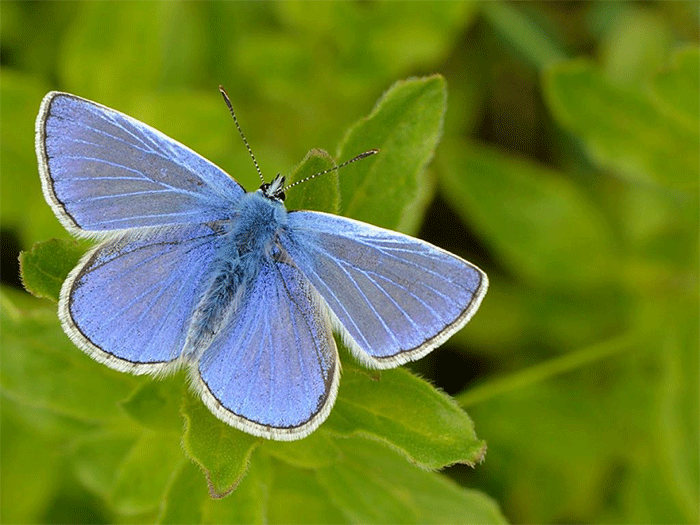Butterflies Bounce Back Slightly in UK’s Hottest Summer, But Declines Persist
Big Butterfly Count 2025 records more sightings than last year, yet many familiar species remain far below long-term averages

A modest recovery after record lows
The Big Butterfly Count 2025 brought some cautiously welcome news, with average numbers rising compared to 2024’s all-time low. More than 125,000 people took part, submitting sightings of 1.7 million butterflies and day-flying moths across the country. On average, 10.3 individuals were recorded per 15-minute count, a significant increase on last year’s 7.2.
Despite the warmer and sunnier conditions boosting some species, experts stress that the figures still do not represent a strong recovery. Butterfly numbers remain fragile, with many populations far below levels seen a decade ago.
Winners and losers of the summer
Some species took advantage of the hot summer. The Large White and Small White both recorded their best ever results in the history of the Count, while the striking Jersey Tiger moth continued its expansion with record numbers across the UK.
But other once-familiar species fared poorly. The Holly Blue had its second worst result since the Count began, while the Common Blue recorded its third worst and the Meadow Brown its fourth worst. The Small Tortoiseshell, although showing a slight improvement on 2024, remains down around 60 per cent compared with 2011.
Underlying pressures remain
Weather conditions influence butterfly numbers year by year, but long-term declines are driven by wider environmental pressures. Habitat loss and degradation, the effects of climate change, and pesticide use continue to erode populations.
Butterfly Conservation notes that more than twice as many common species have declined significantly in the past 15 years than have increased. Even in this relatively good summer, one third of species recorded did poorly.
A call for action
Conservationists say good weather alone cannot secure butterfly recovery. What is needed now is a concerted effort to restore and connect flower-rich habitats, reduce pesticide use, and safeguard butterflies as key indicators of environmental health.
The charity is urging both government and the public to treat the modest rise in 2025 as a warning rather than a victory. Without stronger measures, even formerly widespread butterflies could continue to slip away.
Looking ahead
The Big Butterfly Count will return in 2026, running from 17 July to 9 August. Organisers hope that with more participants and a focus on habitat restoration, future counts will chart a more positive trajectory for these much-loved insects.
September 2025
Share this story







